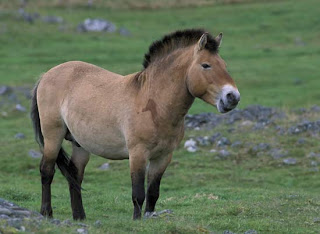The Egyptian Tortoise is the smallest land turtle in the Northern Hemisphere. The Egyptian Tortoise is a critically endangeredneck-hiding tortoise. Once more widespread, its numbers are now dwindling. The species is extinct in
Egypt, and global extinction is a looming threat unless more actions
are taken to protect this species. They are on the brink of extinction
due of habitat loss and because people capture them to make pets.
Once found in Egypt and Libya, their habitat in Egypt has been all but destroyed, and Egyptian tortoises are close to complete extinction there. Two populations can still be found in Libya, but much of the coastline habitat has been destroyed because of human activity. Habitat loss and the illegal pet trade are huge issues facing the species; it is also hunted locally for use in folk medicine.
The Egyptian tortoises are herbivores,
feeding on rough grasses, desert plants and fruit. They are most active
during the warm periods of the year and least active during the months
when it is very cold or very hot. During the cooler months, the tortoise
is most active at midday. In the hot months, it is only active during
the early morning or late afternoon and spends the rest of the day
hiding in the cover of bushes or in rodent burrows.
Another unfortunate reality is the loss of habitat. Much of what used to be habitat for the Egyptian Tortoises has
now become farmland or towns. Moreover, any remaining grassland has
become a pasture for domestic livestock where many goats and sheep feed
on the vegetation that used to be the tortoises' food. Many countries
are cooperating to protect the Egyptian Tortoise, but many still believe their population will continue to drop further. Source
























































